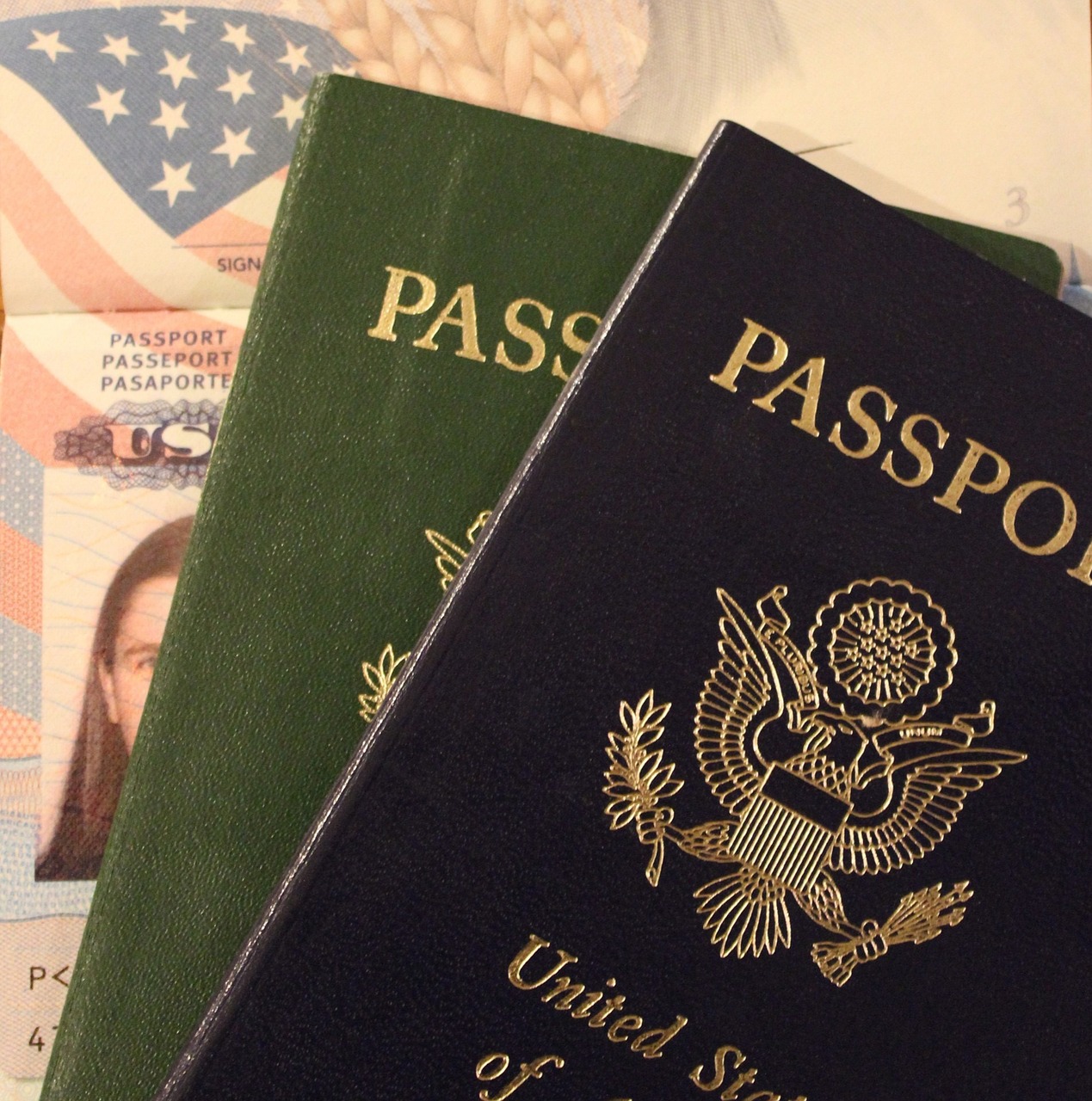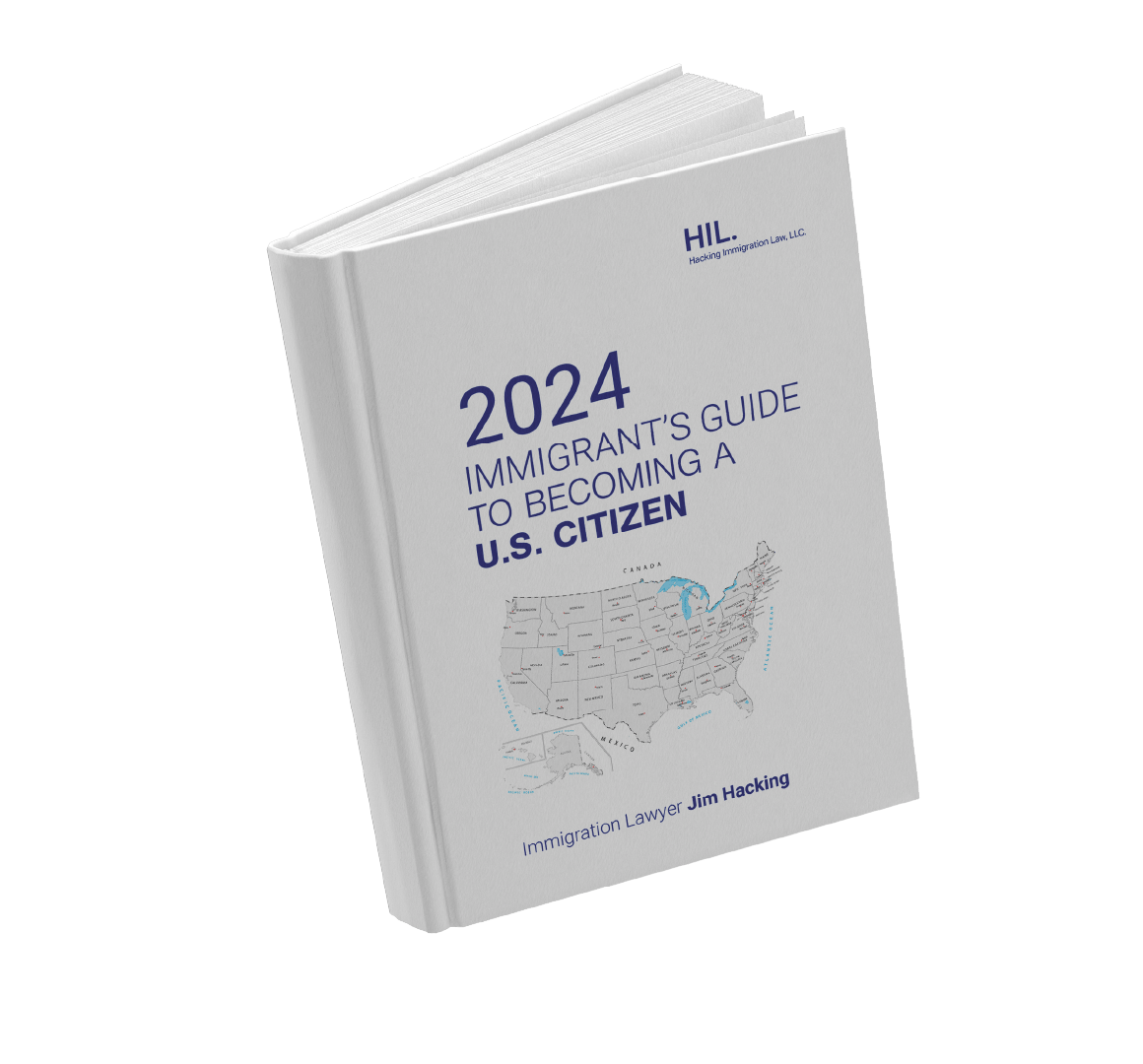Applying for a green card in order to permanently live in the U.S. can take years. In doing so, many immigrant’s children reach the age of maturity and because they reach 21, they are bumped to the back of the line and must apply for their own green cards. Now, the Supreme Court is deciding whether immigrant children will be able to stay with their parents, or if families will have to choose between America or family.
Table of Contents
This upcoming Tuesday the Supreme Court will decide a case called Mayorkas v. Cuellar de Osioro which will dictate whether or not applicants who turned 21 during the US visa process are allowed to immigrate at the same time as their parents.
"I hope the Supreme Court will show common sense and realize that if a mother applied for a visa when her children were clearly minors, she could not have predicted that it would take so long," says Richard Alba, an immigration expert and sociology professor at the Graduate Center, CUNY. There are many factors that determine how long an application will take and many times immigrants are not aware whether it’s going to take months or years.
In Mayorkas v. Cuellar de Osorio, Rosalina Cuellar de Osorio applied for a visa in order to join her mom who was already a US citizen. Cuellar de Osorio’s son was 13 at the time of application, and the visa application only took a month to be approved but it did not become available until her son turned 21. While she was able to emigrate from El Salvador, the government could not issue an immediate visa for her son because he had reached the age of maturity and the law says that only a certain number of visas can be issued per country per year.
According to the 2002 Child Status Protection Act, children who turned 21 during the application process were not supposed to be moved to the back of the visa line because of their birth date. However, a later court argued that the original law was unclear and only applied for certain categories of visas. Now, the Supreme Court and the Senate are both taking it upon themselves to fix this problem. "This is a committee within the immigrations board that made a bad decision, so the question is now, can it be reversed?"
If you have questions regarding applying for a visa or immigration laws, contact us at 314-961-8200 or visit our contact page.








